10 Megapixel Cameras
10MP seems to be the minimum resolution for today's newest DSLR cameras. However, this does not mean that 10MP is entry level. Recent 10MP models include the Prosumer Canon 40D and the "Pro" Olympus E-3, as well as the entry Nikon D60, Olympus E420/E520 and Pentax K200D, and mid-level Panasonic L10 and Canon XTi. The four cameras here represent a cross-section of 10MP models, including a 1.5X, 1.6X, and two 2X (4/3) sensors. The Nikon D60 uses an older Sony CCD sensor and the other three models are CMOS technology.
Wherever possible the images were captured using a 50mm f/1.4 normal lens. This represents an equivalent 35mm focal length of 75mm for the Nikon D60, and 80mm for the Canon 40D. A 50mm on the 4/3 cameras would have an equivalent 100mm field-of-view so images were captured using the 35mm Olympus Macro lens, which is equivalent to 70mm. This lens was chosen because it is critically sharp wide-open and is in its best resolution range at the standard f/4.0 capture aperture.
All images were captured at the same f/4.0 aperture using a tripod in the same location. Focus was manual and the camera program selected the shutter speed. Lighting was a single 100-watt Tungsten bulb high right, and all cameras were set to the Tungsten preset.
Up to ISO 800 all four cameras are very similar in their resolution capabilities. One camera that stands out, however, is the Panasonic L10, which exhibits more "punch" with standard in-camera processing. However the extra sharpening and more vivid colors trade off noise as we are already seeing noise at ISO 800 along with the very sharpened image. This may have more to do with the target market of current point-and-shoot users than anything else. The E-3 is also a 4/3 sensor, but its rendering is more comparable to the Canon 40D, so the L10 performance cannot be attributed to the sensor alone.
You can also clearly see the differing approaches to image processing among the four camera makers. Some move toward a softer edge for a much smoother and less noisy appearance, and others go for sharp. The above images are default with the lowest selectable level of noise reduction. However, the appearance of the finished JPEG can be varied in all the cameras by selecting different sharpening, noise reduction color saturation, etc. in the menus for camera settings. You can set up the look to generally match what you prefer in you pictures.
By ISO 1600 the consumer cameras – the D60 and L10 – are starting to show the demands of much higher speed with increased noise. However the prosumer 40D and E3, even though they use different size sensors, are both holding up very well. By ISO 3200 you can clearly see the different approaches to sharpening and noise between the Canon and Olympus, which both use a CMOS sensor.


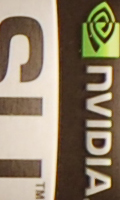
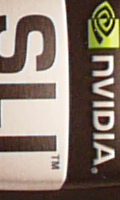
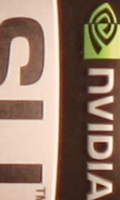

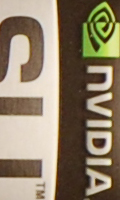
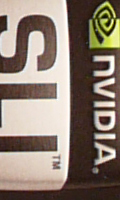

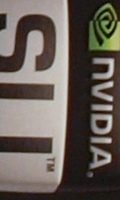
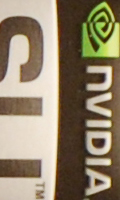
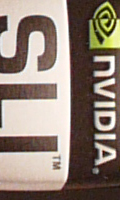
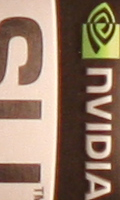

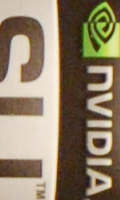
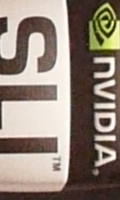
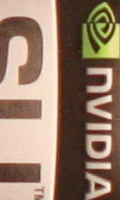

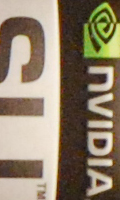

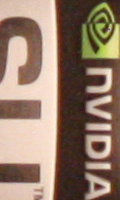
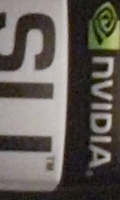


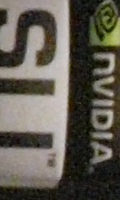








22 Comments
View All Comments
Wesley Fink - Tuesday, May 20, 2008 - link
The third page is there. We have been having server problems today and this article went to post twice when it was scheduled to go live on 5/20. You may have been caught in one of those accidental post cycles. We apologize for the confusion.Bull Dog - Tuesday, May 20, 2008 - link
Yea. Right after I posted the comment I realized that the entire article was gone; so I figured the article must have not have been ready for prime time.Very good read, a little of it is above/beyond me, but a good read none the less. Thanks.